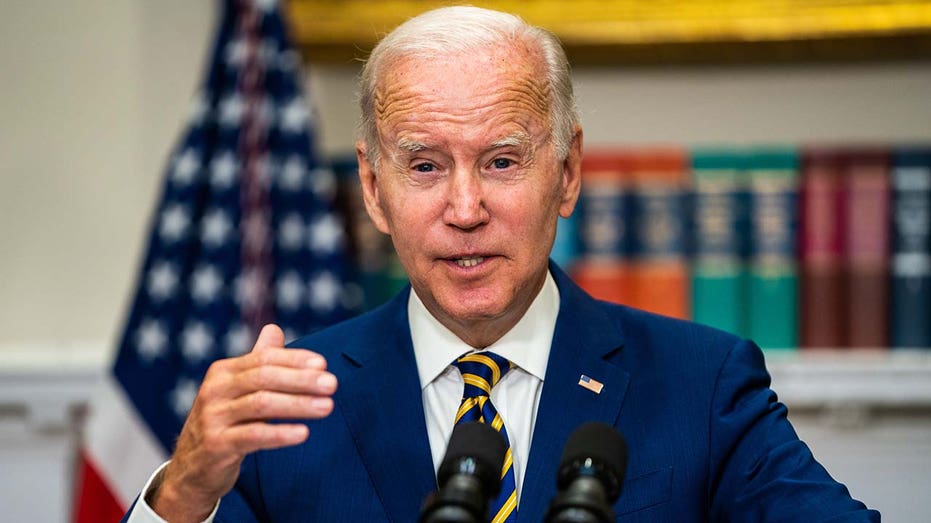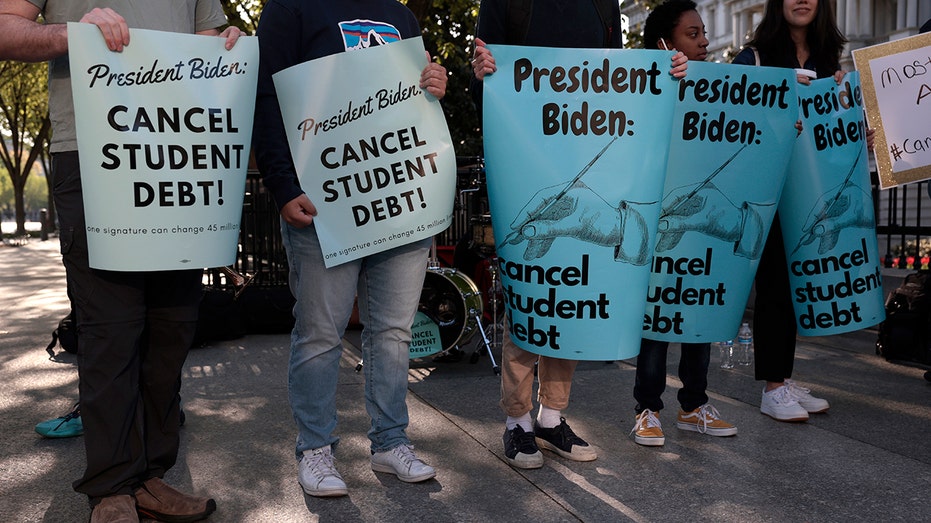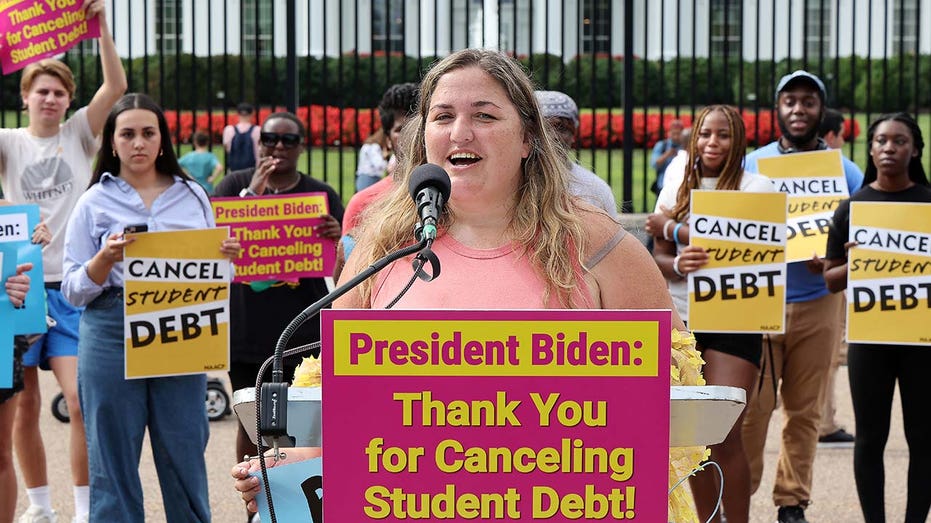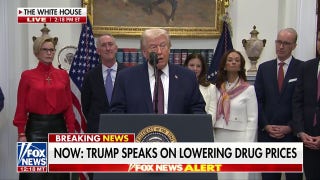White House won't reveal if it did a cost analysis of student loan handout that may total $500 billion or more
It is unclear if White House didn't conduct serious analysis or just won't share its price tag
Florida couple who paid off $190k in student debt 'a little angry' over Biden's handout
Cristina and Sherman Merricks reveal how they paid their student loan debt in 27 months and reveal what they think about the president's handout on 'Varney & Co.'
President Biden is under fire for not making public a cost analysis public of the administration's massively expensive proposal to cancel between $10,000 to $20,000 in student debt for many Americans. Economists say the lack of an estimation of costs and absence of any public analysis begs the question of whether the numbers were run at all for a plan estimated by fiscal watchdogs to cost anywhere between $500 billion to $1 trillion over the next decade.
Economists from across the political spectrum told Fox News Digital it was troubling the White House had announced a policy without providing a breakdown of its cost.
"For the White House to put out a potentially trillion-dollar proposal without even releasing budget estimates, is grossly irresponsible to taxpayers," said Brian Riedl, a senior fellow in economics at the center-right Manhattan Institute. "This is one of the biggest federal initiatives of the past couple of decades, and we still don't know what it's going to cost."
Ben Ritz, a budget and fiscal policy expert at the center-left Progressive Policy Institute, was even blunter in his assessment.
WHITE HOUSE REFUSES TO SAY WHO WILL PAY FOR BIDEN $500,000,000,000 STUDENT LOAN HANDOUT

US President Joe Biden delivers remarks regarding student loan debt forgiveness in the Roosevelt Room of the White House on Wednesday Aug. 24, 2022. Education Secretary Miguel Cardona joined. (Demetrius Freeman/Washington Post via Getty Images / Getty Images)
"It doesn't reflect well on the administration," said Ritz. "Even if they did one and didn't release it looks bad, but regardless, the result is that no one really knows how much this is going to cost."
Biden announced Wednesday plans to forgive $10,000 in student debt for borrowers making less than $125,000 annually. Pell Grant recipients will receive $20,000 in debt handouts, provided their income is below the $125,000 threshold.
The White House is also extending a pause on student loan payments through the end of the year. Coinciding with the announcement is a new Education Department proposal that allows borrowers to cap undergraduate loan repayment at 5% of their monthly income, adding to the cost to taxpayers of the handout.
HARRIS DODGES QUESTION ON WHO WILL PAY FOR STUDENT LOAN HANDOUT
White House press secretary Karine Jean-Pierre suggested the White House did not have a good estimate for cost drivers such as the number of canceled loans that would have been repaid and how many people will seek to take advantage of the handout.
"All of this as when it comes to costs will also depend on how many of the loans canceled were actually expected to be repaid," said Jean-Pierre last week. "It will depend on how many borrowers actually take up this opportunity before we have a real sense."

Activists hold signs as they attend a Student Loan Forgiveness rally on Pennsylvania Avenue and 17th street near the White House on April 27, 2022 in Washington, D.C. (Anna Moneymaker/Getty Images / Getty Images)
"I don't know which is worse, releasing a gigantic plan without having any sense of how much it costs or knowing how much it costs and not telling people," said Marc Goldwein, the senior policy director at the nonpartisan Committee for a Responsible Federal Budget (CRFB). "I really don't know which is worse."
In the wake of the White House's silence, groups like CRFB and other fiscal watchdogs have stepped forward with their own cost analysis.
CRFB estimates the handout could cost U.S. taxpayers roughly $500 billion or more over the next decade. A budget model by the University of Pennsylvania's Wharton School of Business, meanwhile, estimates the total cost could be more than $1 trillion when accounting for loan forbearance and the new repayment cap.

Melissa Byrne of We, The 45 Million, joins student loan borrowers at a rally in front of The White House to celebrate President Biden cancelling student debt and to begin the fight to cancel any remaining debt on Aug. 25, 2022 in Washington, DC. (Paul Morigi/Getty Images for We the 45m / Getty Images)
Such estimates, economists warn, are not fully accurate without knowing all the details of the policy. They say the White House has not only explained how the handout will work or how the income thresholds will be calculated.
"There are a lot of assumptions that go into the estimate," said Goldwein. "You need to know how many of these people would have had their debt canceled anyway or be in default, you need to understand subsidy rates relative to the interest rates… but we haven't had the opportunity to get to those tough questions answered because the White House hasn't been transparent."
CLICK HERE TO GET THE FOX NEWS APP
But Andre Perry, a higher education scholar at the left-leaning Brookings Institution, noted that measuring the costs of canceling loan debt is not an easy task.
"This is hard to analyze because you need to look at the potential benefits or costs of people getting relief and how that may strengthen the economy," Perry said. "The federal financial aid program is one of the most difficult things to study and write about because these loans are not usually paid back all at once, but over decades — if they're paid back at all."





















